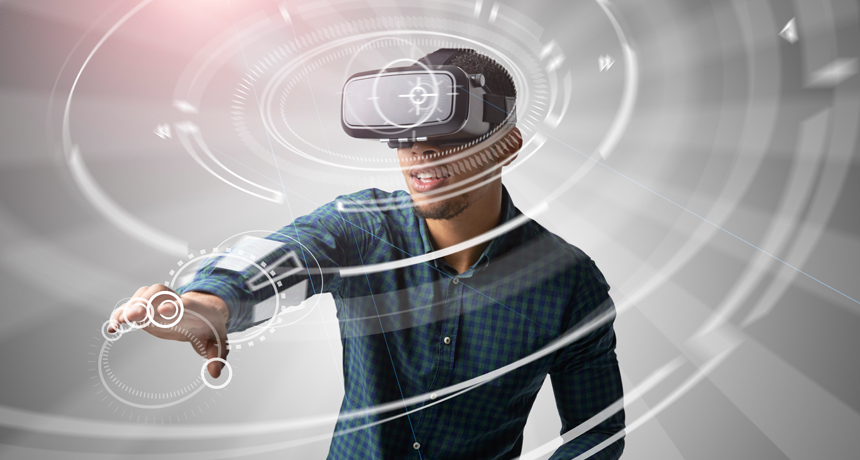Modeling Reality with Virtual Worlds

Virtual Worlds are online
stimulations that allow the user to assume an avatar, a cartoonized virtual representation
of themselves.
Uses
Virtual worlds can be
helpful in training and education. SecondLife, a popular virtual world, is used
by ER nurses at the University of California, San Diego. Using their mouse and
keyboard, the nurses walk through a virtual hospital. They can type to speak or
use headsets. The nurses are immersed in a world with multiple patients with
multiple problems. They may also face virtual natural disasters. Throughout all of the pressure, they must perform
their normal tasks and successfully help patients. In a virtual setting, this
training helps staff become more knowledgable without taking the risk that
their training could negatively impact a real-life if a mistake is made.
In education, virtual
worlds can be used to take field trips to faraway places. This allows students
to visually see topics that they are learning about in textbooks. Students can
also learn about people they may not normally interact with, such as refugees.
Pros
- Using virtual worlds for training doesn’t interrupt regular business
- Typically costs less than a full-dress drill with hired actors” (Simon, 2010)
- Cheaper than actual trips
- Increase empathy by allowing users to be an avatar of someone else
Cons
- Older computers and rural areas may not be able to support virtual worlds
- Experiences are not exactly the same as real life
- Actions in a virtual world may influence real life behavioral responses
Creativity
Virtual worlds allow users to walk in someone else’s shoes.
If using a virtual world to supplement real-life problems then this could help
someone come up with an unexpected solution to a problem. Also since virtual
worlds have to be built the user can bring to life whatever he or she imagines.
Their avatar can look unique. The places they create do not have to be replicas
of existing places and do not have to look how their normal environment looks.
Future
I think the future of virtual worlds will depend on AR and
AI to create a more immersive experience. Virtual world users may not need to
depend on a keyboard, mouse or other physical controls. At home, virtual worlds
may become more realistic in graphics and depend on sensors for avatar
movement. I could also see virtual worlds being used in business. Instead of
video calls, companies can implement virtual conference rooms to connect with international teams.
References:
Earle, J. (2018, September 12). The virtual world moves into the classroom. Retrieved from https://www.reporternewspapers.net/2018/09/14/the-virtual-world-moves-into-the-classroom/
Simon, S. (2010, April 13). Avatar II: The Hospital. Retrieved from https://www.wsj.com/articles/SB10001424052748703909804575124470868041204
Virtual world may impact real-world behaviour. (2014, February 10). Retrieved from https://www.health24.com/Mental-Health/News/Virtual-world-may-impact-real-world-behaviour-20140210
x
x



Very interesting! I love how you go into the future of AR and VR. Trying to predict the future is ambitious, but we can always extrapolate from past developments and progress in the field of virtual worlds. I think your cons are very relevant as well, and I hadn't even considered some of them. Older technology is indeed not always compatible with the latest advances in AR/VR, and we'll need to update our devices - if, of course, we can afford it. - Caitlin Cacciatore
ReplyDelete